MPTET Varg 2 Science Mock Test - 1 - MPTET MCQ
30 Questions MCQ Test - MPTET Varg 2 Science Mock Test - 1
निर्देश- दिए गए गद्यांश को ध्यानपूर्वक पढ़कर पूछे गए प्रश्नों का सही उत्तर दीजिए -
भारतेंदु का बृहत् जीवन चरित लिखनेवाले बाबू शिवनंदन सहाय का 'सुदामा नाटक' भी उल्लेख योग्य है। इन मौलिक रूपकों की सूची देखने से यह लक्षित हो जाता है कि नाटक की कथावस्तु के लिए लोगों का ध्यान अधिकतर ऐतिहासिक और पौराणिक प्रसंगों की ओर ही गया है। वर्तमान सामाजिक और पारिवारिक जीवन के विविधा उलझे हुए पक्षों का सूक्ष्मता के साथ निरीक्षण करके उनके मार्मिक या अनूठे चित्र खड़ा करनेवाली उद्भावना उनमें नहीं पाई जाती। इस द्वितीय उत्थान के बीच कल्पित कथावस्तु लेकर लिखा जानेवाला बहुत बड़ा मौलिक नाटक कानपुर के प्रसिद्ध कवि राय देवीप्रसाद 'पूर्ण' का 'चंद्रकलाभानुकुमार' है। पर वह भी इतिहास के मध्ययुग के राजकुमारों और राजकुमारियों का जीवन सामने लाता है।
'पूर्णजी' ब्रजभाषा के एक बड़े ही सिद्ध हस्त कवि थे, साहित्य के अच्छे ज्ञाता थे। उन्होंने इस नाटक को शुद्ध साहित्यिक उद्देश्य से ही लिखा था, अभिनय के उद्देश्य से नहीं। वस्तुविन्यास में कुतूहल उत्पन्न करनेवाला जो वैचित्र्य होता है उसके न रहने से कम ही लोगों के हाथ में यह नाटक पड़ा। ललित और अलंकृत भाषण के बीच बीच में मधुर पद्य पढ़ने की उत्कंठा रखनेवाले पाठकों ही ने अधिकतर इसे पढ़ा।
उपन्यास : अनूदित
इस द्वितीय उत्थान में आलस्य का जैसा त्याग उपन्यासकारों में देखा गया वैसा और किसी वर्ग के हिन्दी लेखकों में नहीं। अनुवाद भी खूब हुए और मौलिक उपन्यास भी कुछ दिनों तक धड़ाधड़ निकले, किस प्रकार के, यह आगे प्रकट किया जाएगा। पहले अनुवादों की बात खत्म कर देनी चाहिए।
अनुवाद , संवत् 1951 तक बाबू रामकृष्ण वर्मा उर्दू और अंग्रेजी के भी कुछ अनुवाद कर चुके थे, जैसे , 'ठगवृत्तांतमाला' (संवत् 1946), 'पुलिस वृत्तांतमाला' (1947), 'अकबर' (1948), 'अमलावृत्तांतमाला (1951)। 'चित्तौरचातकी' का बंगभाषा से अनुवाद उन्होंने संवत् 1952 में किया। यह पुस्तक चित्तौर के राजवंश की मर्यादा के विरुद्ध समझी गई और इसके विरोध में यहाँ तक आंदोलन हुआ कि सब कॉपियाँ गंगा में फेंक दी गईं। फिर बाबू कार्तिक प्रसाद खत्री ने 'इला' (1952) और 'प्रमीला' (1953) का अनुवाद किया। 'जया' और 'मधुमालती' के अनुवाद दो-एक बरस पीछे निकले।
'चंद्रकलाभानुकुमार' नाटक के लेखक है-
'पूर्णजी' ब्रजभाषा के एक बड़े ही सिद्ध हस्त कवि थे, साहित्य के अच्छे ज्ञाता थे। उन्होंने इस नाटक को शुद्ध साहित्यिक उद्देश्य से ही लिखा था, अभिनय के उद्देश्य से नहीं। वस्तुविन्यास में कुतूहल उत्पन्न करनेवाला जो वैचित्र्य होता है उसके न रहने से कम ही लोगों के हाथ में यह नाटक पड़ा। ललित और अलंकृत भाषण के बीच बीच में मधुर पद्य पढ़ने की उत्कंठा रखनेवाले पाठकों ही ने अधिकतर इसे पढ़ा।
उपन्यास : अनूदित
इस द्वितीय उत्थान में आलस्य का जैसा त्याग उपन्यासकारों में देखा गया वैसा और किसी वर्ग के हिन्दी लेखकों में नहीं। अनुवाद भी खूब हुए और मौलिक उपन्यास भी कुछ दिनों तक धड़ाधड़ निकले, किस प्रकार के, यह आगे प्रकट किया जाएगा। पहले अनुवादों की बात खत्म कर देनी चाहिए।
अनुवाद , संवत् 1951 तक बाबू रामकृष्ण वर्मा उर्दू और अंग्रेजी के भी कुछ अनुवाद कर चुके थे, जैसे , 'ठगवृत्तांतमाला' (संवत् 1946), 'पुलिस वृत्तांतमाला' (1947), 'अकबर' (1948), 'अमलावृत्तांतमाला (1951)। 'चित्तौरचातकी' का बंगभाषा से अनुवाद उन्होंने संवत् 1952 में किया। यह पुस्तक चित्तौर के राजवंश की मर्यादा के विरुद्ध समझी गई और इसके विरोध में यहाँ तक आंदोलन हुआ कि सब कॉपियाँ गंगा में फेंक दी गईं। फिर बाबू कार्तिक प्रसाद खत्री ने 'इला' (1952) और 'प्रमीला' (1953) का अनुवाद किया। 'जया' और 'मधुमालती' के अनुवाद दो-एक बरस पीछे निकले।
Choose the word that means the same as the given word.
Encourage
| 1 Crore+ students have signed up on EduRev. Have you? Download the App |
Select the correct active voice of the given sentence.
What should be done with my hands when I speak in public?
Fill in the blanks with a suitable Preposition from the given alternatives.
The officials were very enthusiastic ________ the targets achieved by the employees.
Which of the following statement(s) is/are NOT true about suspension?
(I) Particles do not scatter a beam of light passing through it.
(II) It’s a heterogeneous mixture.
(III) It’s a homogenous mixture.
(IV) Particles can be seen by the naked eye.
The traits inherited by two different organisms from the same ancestry is known as ________
A bifocal lens is used as a remedy in which of the following defects in the eyes?
Frequency is expressed in _______ and indicates that the event is repeated every second.
A man weighing 70 kg is coming down in a lift. If the cable of the lift breaks suddenly, the weight of the man would become.
If the energy of a system containing gas molecules is expressed in 2eV. then the energy of the system is equal to
Which of the following is known as 'Natural pacemaker of the heart'?
When a cork and a nail are kept in a beaker filled with water, the cork floats while the nail sinks. What is the reason behind this?
The following steps are generally followed in science lesson plan
(i) Presentation
(ii) Application
(iii) Introduction and preparation
(iv) Formulation and generalisation
The correct sequence for the above is
The kink near the bulb of a clinical thermometer
A students caries a bag weighing 5 kg from the ground floor to his class on the first floor that is 2 m high. The work done by the boy is
There are 15 protons and 22 neutrons in the nucleus of an element. What is its mass number?
A ship of mass 3 x 107 kg initially at rest is pulled by a force of 5 x 104 N through a distance of 3 m. Assume that the resistance due to water is negligible, the speed of the:
A science teacher wishes to assess her students on different process skills. Which one among the following tools would be the most appropriate for her purpose?



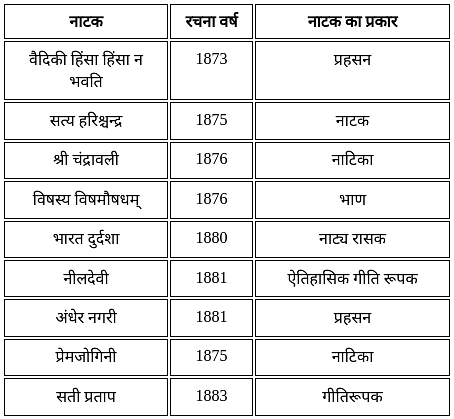
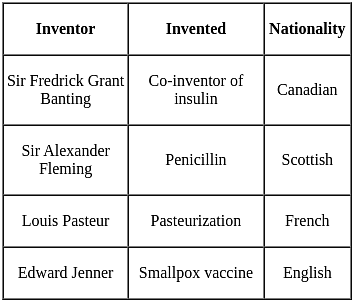
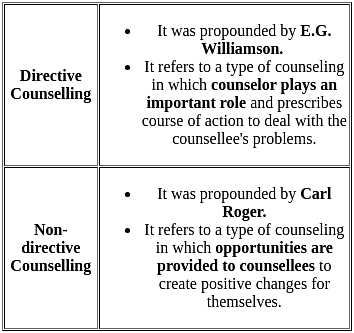

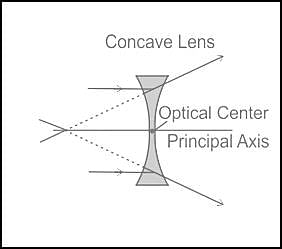
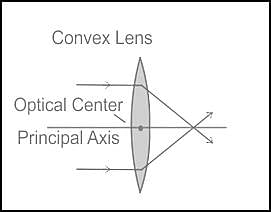
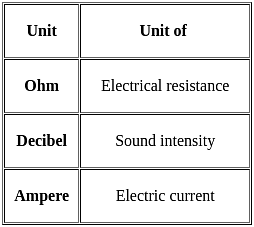
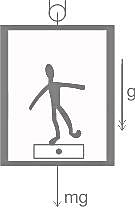





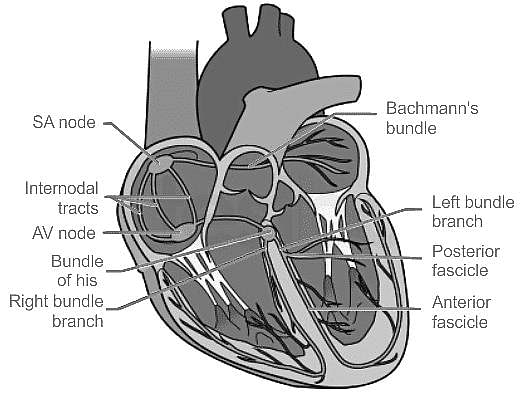

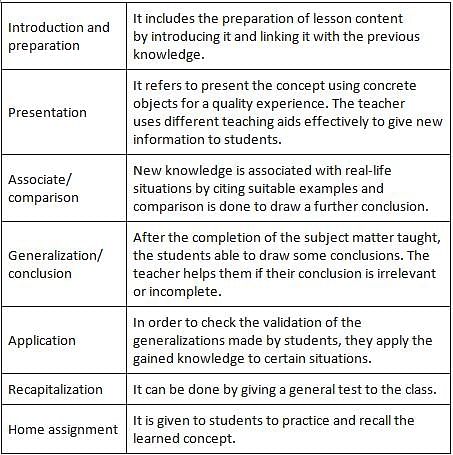
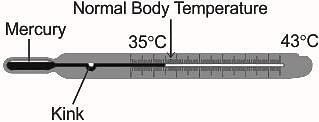


 at2
at2 m/s2
m/s2

















